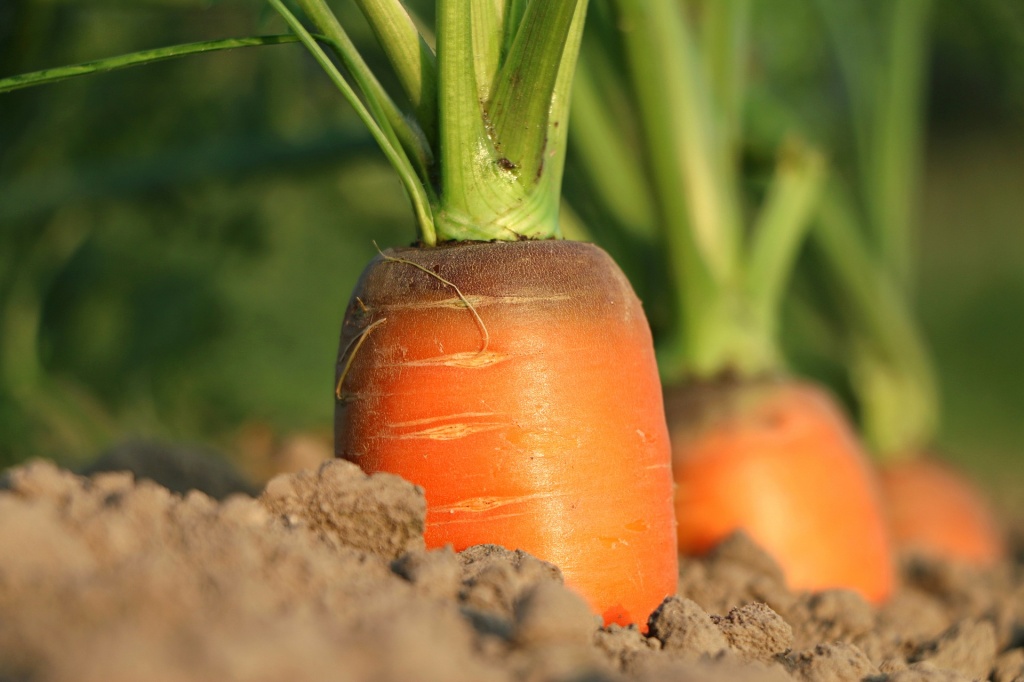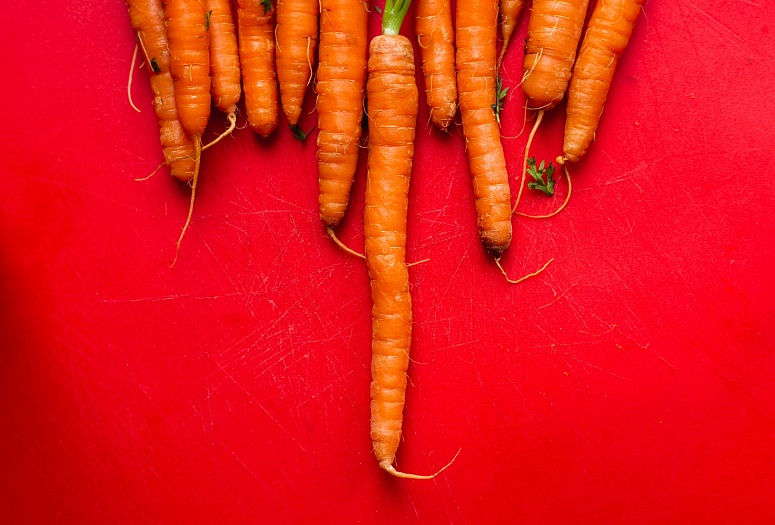How to store carrots in a vegetable store?
03.02.2021 | Carrots
Perhaps this article came out much later than it should be... but we will assume that it, like a good wine, has only aged over time. So, the background. When self-isolation began and offline events around the world were canceled, many of us started participating in webinars. This helped to keep abreast and communicate with partners. At one of these webinars, we discussed the problems of the Russian greenhouse industry and the factors holding back its growth. Producers of greenhouse vegetables said that one of the factors that has an inhibitory effect on the entire industry is the unwillingness of large retail chains to cooperate with farmers and small peasant farms, which cannot provide year-round supplies of fruits and vegetables to store shelves.
Unfortunately, such decisions lead to negative consequences. More and more often substandard goods arrive on the shelves of hypermarkets. Why is this happening? Large chains are driven into fierce competition in which the issue of quality is not in the first place. Suppliers are forced to cut prices in order to be able to sell their goods in chain stores, which affects the quality of the product. And it looks like a vicious circle. But we want to say that there is always a buyer for a high quality product. And in modern conditions of work, quality is what a product "by default" should have, and the sooner the relationship between large retail chains and product manufacturers changes, the sooner we will all see good products on the shelves.
A bit more about quality and how to achieve it. Talking about the technologies of long-term storage of vegetables and fruits, we want you to understand how the taste, color and useful qualities of any product are achieved. And this material will be about how to store carrots in a vegetable store and to provide a high quality product after.
How to store carrots in a vegetable store?

Harvesting takes place at the end of August or September. In the last month before harvesting, carrots are actively saturated with sugar, carotenoids and dry substances, which prolongs store time of the crop. During harvesting, it is important to maintain the integrity of the product, damage can shorten the store time of the crop, promote the development of fungus and diseases.
Before laying the carrot crop in the vegetable store, it is necessary to carry out a processing procedure. Carrots require proper removal of the green mass from the surface of the root crop. Otherwise, it will intensively suck out moisture from the root crop, which will lead to a loss of marketability. The more carefully you prepare the carrots for long-term storage in a vegetable store, the better the conditions will be for preserving the entire volume of the crop.
Consider the weather conditions when it is harvest time. If the weather is damp, then the crop must be dried, otherwise it can cause rotting. Carrots are susceptible to fungal diseases. The danger of these diseases is that they manifest themselves after the laying of the crop for storage and can damage up to 70% of the total volume of the crop.
Let's take a closer look at the causes of fungal diseases in carrots:
First of all, rot affects damaged roots that have fallen into the vegetable store (do not allow this), harvesting in rainy weather or during frosts, lack of fertilizers and stagnation of moisture in heated soil, as well as the microclimate system of vegetable storage, which cannot provide the necessary temperature and humidity the regime will also cause the occurrence of fungal diseases of carrots.
Therefore, before storing the carrots, they are cooled to a temperature of 0 to +1 degrees and the temperature is maintained until the end of the storage period. Air humidity should be within 90-95%.
The faster the product is cooled, the lower the storage loss. Please note that the roots must be free of mechanical damage, not withered or frostbitten.
Storage technology for carrots vegetable store
The technology for storing carrots is selected exclusively after analyzing the "input data": where the product is stored, in what volume, what are the features of the premises for storing the crop, in which geographic zone the vegetable store is located and what budget the customer has for the microclimate system.
The speed of putting is also important. It should not take more than 24 hours from collection to putting. Carrots on which the remnants of dry soil have been preserved are not cleaned, since they are better stored, and damaged and defective roots are removed.
Storage method for carrots
If you store carrots in mound, the height of the fill should be based on the type of carrot and its strength, as well as the intensity and quality of the ventilation system. The usual height for mound storage of carrots is about two to three meters. If the carrots are stored in bags, the stacking height should not exceed three meters.
We recommend store carrots in containers. This will provide better conditions for ventilation of the stack and protect roots from damage. For container storage, the stacking height can reach five and a half meters.
Cooling system for vegetable storage carrots
Carrot storage chambers must be equipped with a powerful cooling system. Carrots are chilled within 24 hours after harvest to slow down the metabolism and thereby increase the shelf life. After complete cooling of the product, the air temperature in the storage chambers should remain in the range from 0 to + 1 ° C.
It is also necessary to keep the air humidity in the storage rooms at the level of 95-98%.
Compliance with such climatic conditions will allow you to store carrots in a vegetable store for up to a year.
So let's summarize. 4 rules for the ideal storage of carrots in a vegetable store:
1. Cooling the carrot harvest to 0 degrees immediately after harvest.
2. Ensuring constant climatic conditions: temperature from 0 to +1 degrees and humidity 95-98%.
3. Disinfection of vegetable stores and constant culling of low-quality root crops.
4. Microclimatic equipment and technological solutions for storing carrots in your vegetable store.
Looking for equipment for long-term storage of vegetables and fruits?
Call +7 (495) 229-39-03, write info@agrovent.com. Our experts will develop a concept for a project of any complexity.
